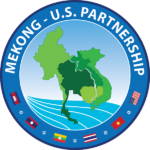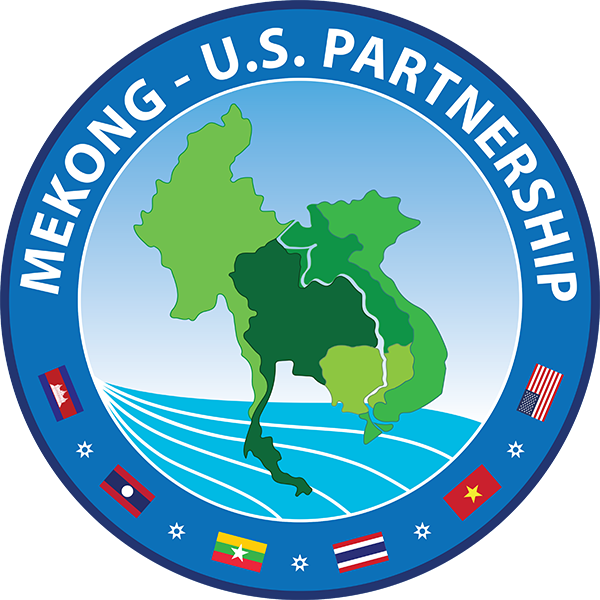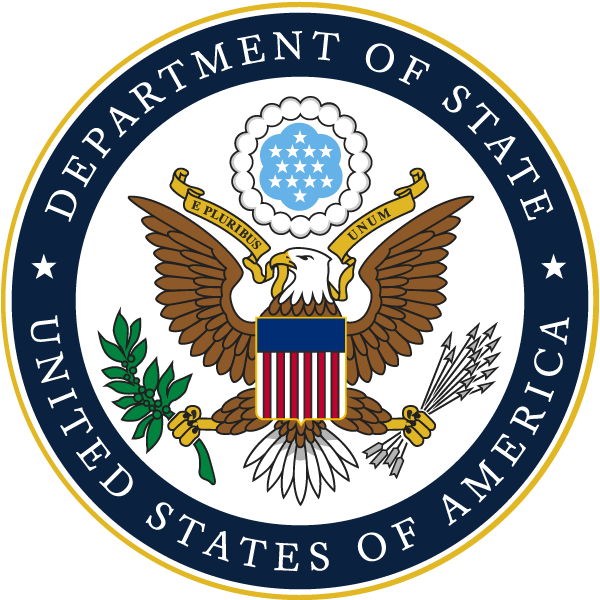Thank you again this week for all of your questions. In some of my recent columns, I have focused on Cambodia’s democratic process and its upcoming parliamentary elections. Last week, I accompanied approximately 35 large Cambodian companies to the United States to promote trade between our two great countries. During this trip, I was in our nation’s capital when I heard the welcomed news that King Norodom Sihamoni accepted Prime Minister Hun Sen’s recommendation of a royal pardon for opposition leader Sam Rainsy. This news is a positive development in promoting democracy in Cambodia and I encourage continued efforts to implement recommendations to achieve free and fair elections.
Changing subjects, many of you may know from my blog that fishing is a hobby that I have enjoyed my entire life. Recently, I tried my luck at fishing on the Mekong River – one of the most fascinating and dynamic rivers in the world – with a group of friends and some local fishermen. Unfortunately, I did not catch any fish; in fact, no one in the group even had a single bite during the entire three-hour trip. Our poor results inevitably led to a discussion with the seasoned Cambodian fishermen on the recent changes they have seen to the Mekong’s magnificent river system. I learned that over the last 10 years fish in the Mekong have become much more difficult to catch and they are dramatically smaller in size. This troubling situation brought to mind a question not long ago from one reader who asked, “What does the United States think about the impact of dam construction along the Mekong River?”
The United States has a strong interest in the sustainable management of the Mekong River. In fact, two weeks ago, U.S. Secretary of State John Kerry met with Cambodian Deputy Prime Minister Hor Namhong and their counterparts from Laos, Burma, Thailand, and Vietnam under the banner of the U.S.-sponsored Lower Mekong Initiative, which serves as a forum to address complex, transnational development and policy challenges among the Lower Mekong countries. A key part of the meeting was a discussion on advancing economic growth and sustainable development through policy dialogues and programs that improve the management of water and other natural resources like the Mekong River.
There is no doubt that the Mekong currently faces many challenges. Overfishing and damage to the forests and watersheds that line this great river affect its flow and biodiversity. Planned dams along the main branch of the river and its tributaries could also pose significant threats to the river’s environment. While dams are an important source of “clean” hydroelectric energy, if not planned and built correctly, they can seriously damage the health and livelihood of communities that depend on the river.
Poorly positioned and designed dams decrease fish populations by blocking upstream migration. Dams also affect water and soil movement, which is vital for productive downstream agriculture. Some experts estimate that the proposed Lower Sesan II Dam will endanger over 80 fish species, decrease overall fish populations by at least nine percent, and directly impact over 100,000 people who live near the proposed dam. These negative consequences are extremely important to a country where fish makes up over 75 percent of the average person’s protein consumption. Along the entire Mekong, more than 60 million people depend on fish for their main source of protein.
The United States has a long history and extensive experience with dam construction. We recognize the important role that dams can play in managing water resources to advance economic growth. At the same time, our own experience has made us acutely aware of the economic, social, and environmental impact that such large infrastructure projects can have over the long-term. Based on this experience, the U.S. Embassy is working with the Royal Government of Cambodia to help it make informed decisions regarding the Mekong’s development.
There are numerous examples of U.S.-Cambodia cooperation on this vital issue. For instance, we are supporting the Mekong River Commission as it evaluates possible design alternatives for the Lower Sesan II Dam that would protect fish and preserve the lifespan of the dam as part of the Commission’s efforts to provide access to the best science and facilitate consultations among all the dam’s stakeholders. We are also tapping into the expertise of the U.S. Army Corps of Engineers, scientists from the Mississippi River Commission, and researchers from U.S. universities to promote awareness of the effects of dam design on sediment flow and fish stocks. The health of the Mekong also depends on the health of surrounding forests, so we are helping to preserve the Prey Lang watershed by working with the Cambodian government and local communities on forest conservation and other environmental protection projects.
Clean energy, healthy rivers, and an abundant fish population are all critical to Cambodia’s future. The challenge lies in balancing the three priorities through scientific analysis and taking into account the needs of all stakeholders. In the United States, we have found that an effective way to strike this balance is by allowing for public review and comment on dam construction plans. Similarly, Cambodia could use the Mekong River Commission as a forum for a public review process of mainstream dams and other developments that impact the Mekong River and its tributaries in order to develop a public consensus on the best way forward.
As U.S. Ambassador to Cambodia, I care deeply about the country’s future and support efforts to ensure that planning for dam construction includes careful consideration of the potential impact on the environment and livelihoods, in addition to energy production needs. Any harm caused to Cambodia’s river ecology would have long-lasting and far-reaching effects for food security and overall development, for both Cambodia and its downstream neighbors. Therefore, the United States supports proper planning for dams that includes deliberate scientific inquiry, public review, and a consensus-driven approach to yield the best possible solutions. I am proud of the robust U.S. engagement on issues related to the Mekong, which is a clear sign of our strong commitment to a lasting and positive relationship with the countries of the Mekong Basin.
Thank you very much for reading this week’s column. How do you think dam construction will affect you? I encourage you to share your thoughts with me on the future of the Mekong River, and I look forward to receiving your other comments and questions. Please write to me in English or Khmer at AskAMBToddPP@state.gov and follow my blog at http://blogs.usembassy.gov/todd.
William E. Todd is United States Ambassador to the Kingdom of Cambodia
Source: The Cambodia Herald
Source URL: http://thecambodiaherald.com/opinion/detail/3?token=ZGE0ZWNhZmJlOTlhNzE3NWZhYTc5ZjQ2Njk3M2Q4
 Mekong - U.S. Partnership
Mekong - U.S. Partnership


